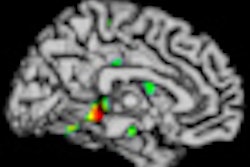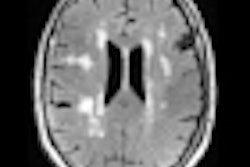Researchers at the University of Pennsylvania have developed a new MRI technique to help differentiate between Alzheimer's disease and another type of dementia. The study findings were published online December 26 in Neurology.
Alzheimer's disease and frontotemporal lobar degeneration (FTLD) often have similar symptoms, even though the underlying disease process is different.
The diagnosis can be challenging, according to study author Corey McMillan, PhD. A PET scan or a lumbar puncture, which involves inserting a needle into a patient's spine, might be needed to help make a diagnosis. By comparison, the new MRI method is less expensive and less invasive.
The study included 185 people who were diagnosed with a neurodegenerative disease consistent with Alzheimer's disease or FTLD, and who had a lumbar puncture and high-resolution MRI scan.
Of those participants, the diagnosis was confirmed in 32 (17%) either by autopsy or by determining that they had a genetic mutation associated with one of the diseases.
The researchers used the MRI results to predict the ratio of two biomarkers for the diseases in the cerebrospinal fluid: the proteins tau and beta amyloid.
The MRI prediction method was 75% accurate at identifying the correct diagnosis in individuals with pathology-confirmed diagnoses and those with biomarker levels obtained by lumbar punctures, which shows similar accuracy of the MRI and lumbar puncture methods.
The MRI technique could be used as a screening method and indeterminate cases could proceed to a lumbar puncture or PET scan, McMillan noted. The MRI method also may be helpful in clinical trials where it is important to monitor the biomarkers over time to determine treatment efficacy.




















